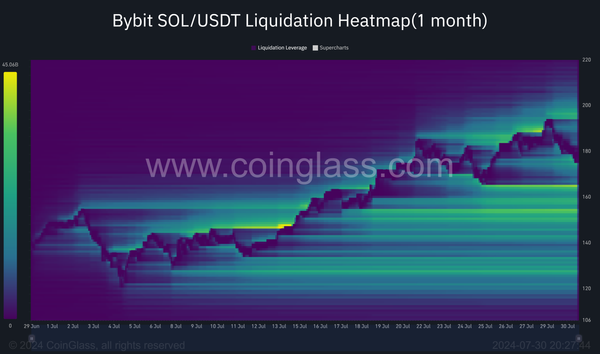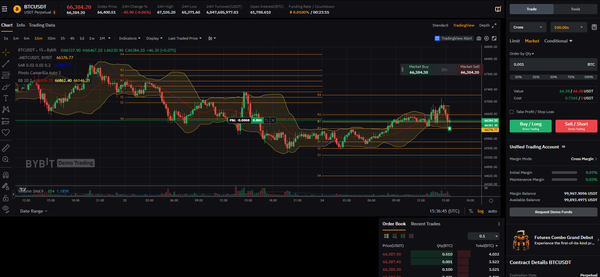Decoding Perpetual Futures: The Never-Ending Contracts of the Crypto World

Perpetual futures contracts are a mainstay in the modern financial landscape, particularly within the cryptocurrency market. The image displayed is a snapshot of a trading interface for a perpetual contract on a crypto trading platform. Let's delve into what these contracts are and how they work, using the details from the image to illustrate key concepts.
What are Perpetual Futures Contracts?
Perpetual futures, often simply called "perpetuals," are a type of derivatives contract that allows traders to speculate on the future price of an asset without an expiry date. Unlike traditional futures contracts, which have a set settlement date, perpetuals can be held for as long as the trader wishes, providing a way to leverage and hedge that is continuously active.

Mechanics of Perpetual Futures Contracts
The image shows a perpetual futures position in the cryptocurrency market for a pair named "1000BONKUSDT," suggesting the underlying asset is BONK token priced in USDT (a stablecoin usually pegged to the US dollar). This contract is "long," indicating the trader is betting on the price of BONK increasing.
Key features include:
- Position Size: Represents the total value of the position, which in this case is 600,000 units.
- Entry Price: The price at which the contract was opened (0.0040826 USDT).
- Mark Price: The current market price of BONK (0.0125335 USDT).
- Estimated Liq. Price: This would typically show the price at which the position would be liquidated due to a margin call, but it's not displayed here.
- Unrealized P&L: The profit or loss on the position that has not yet been realized by closing the position. Here, it's a significant gain of $5,073.2400 USDT or 5110.18%.
- Realized P&L: The profit or loss that has been locked in by closing a portion of the position is shown as $231.0390 USDT.
- Margin: The amount of capital the trader has deposited to open the position (99.2769 USDT).
The contract is leveraged at 25.00x, as indicated by "Cross 25.00x," which means the trader has borrowed funds to open a position 25 times larger than their margin. This magnifies both potential gains and losses.
The Role of Margin and Leverage
Leverage is a double-edged sword. It allows traders to amplify their exposure to an asset with less capital. However, it also increases the risk of liquidation, where the position is automatically closed by the broker if the market moves against the trader too much, and the margin is insufficient to cover the losses.
Advantages of Perpetual Futures
- No Expiry: Traders can hold their position for as long as they want, providing flexibility.
- High Liquidity: Perpetuals are typically very liquid, making it easier to enter and exit positions.
- Hedging: They can be used to hedge other positions in a trader's portfolio.
Risks and Considerations
- Volatility: Cryptocurrencies can be highly volatile, leading to large and rapid price changes.
- Leverage Risks: High leverage can lead to significant losses, potentially exceeding the initial investment.
- Funding Rates: Traders might pay or receive funding fees, which are periodic payments to balance the price of the perpetual with the spot price.
The screenshot from the trading platform offers a glimpse into the world of perpetual futures trading. It illustrates the potential for high returns, but also underscores the complexities and risks involved. Traders must be well-informed and cautious when dealing with these sophisticated financial instruments.




